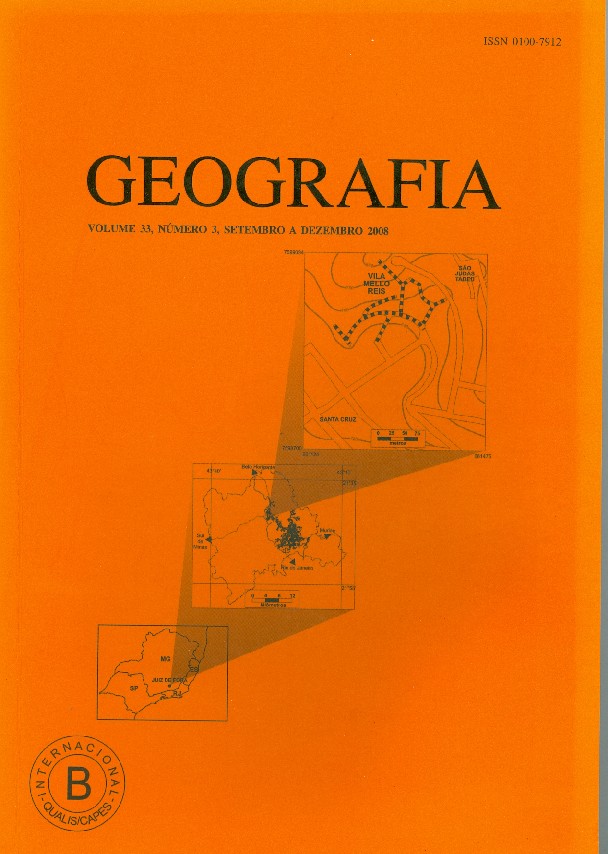The urban restructuring of Puebla city, México: territorial dispersion, productive desconcentration and socio-spatial fragmentation
Abstract
Since the 1980’s several changes, mutually linked, have converged to cause the current urban restructuring process of the Puebla Metropolis: larger size and integration of the urban net that constitutes the Puebla City Metropolitan Zone; industrial and demographic desconcentration related to the economical and sectorial changes; expropiatiory sprawling of the city to the peripheral municipalities and zones; boom of the real state and commercial macro-projects (mainly: Angelópolis, Paseo San Francisco and Valsequillo’s Lake); rise of new centralities related to the decadence-refuncionalizing of the called Historic Center; among others. The city resulting from this restructuring process was defined this way by the next set of tendencies: a) Dispersion and territorial discontinuity; b) Poli-nuclearity, expressed through the movement of a part of the centrality of Puebla City to neighbor cities of a medium size; c) Socio-spatial fragmentation, mainly derived principally from the multiples centralities constituted by the big real state and commercial projects (shopping centers, convention centers, residential and tourist complexes of high or medium level) and from a reconfiguration of the road network. In other words, it is about the collapse of the city (given the growing urban fragmentation) and of the welfare State (because of the state prominence like agent of the private interests), like symbols of the present restructuring of the Puebla Metropolis. Key-words: Urban restructuring. Socio-spatial fragmentation. Centrality. Territorial dispersion. Macro-projects.Downloads
Published
Issue
Section
License
The authors maintain the copyright and grant GEOGRAFIA the right of first publication, with the articles simultaneously licensed under the Creative Commons BY 4.0 License, which allows sharing and adapting the articles for any purpose, as long as appropriate credits and provisions of image rights, privacy or moral rights. Other legal attributions can be accessed at: https://creativecommons.org/licenses/by/4.0/legalcode.en.
Geography, Rio Claro, SP, Brazil - eISSN 1983-8700 is licensed under the Creative Commons BY 4.0 License.





